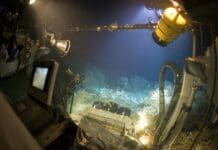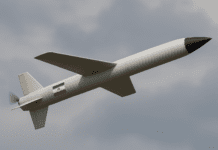This post is also available in:
 עברית (Hebrew)
עברית (Hebrew)
The US Navy ordered 13 new fuel cell propulsion systems for installation onboard its unmanned aerial vehicles (UAVs).
Protonex, a Ballard Power Systems’ subsidiary, that has secured purchase orders from the Navy, is now delivering a variant of its 600W proton exchange membrane (PEM) fuel cell propulsion system for the subsequent Hybrid Tiger UAV programme.
The company had previously been supplying PEM fuel cell propulsion systems for the US Navy’s Ion Tiger fuel cell-powered UAV programme since 2006.
The company said they have been working with the US Navy for a decade to optimize their fuel cell propulsion system and deliver key benefits, including long-range, quiet operation, high reliability, minimal vibration and low maintenance.
The rugged UAV propulsion systems have been specifically designed to function in all types of environments and at high altitudes. They are used by the US Department of Defense (DoD) to increase flight duration and range, while simultaneously reducing audible noise during operation.
The Hybrid Tiger UAV has been developed by the US Naval Research Laboratory (NRL) and is primarily used to explore new power system technologies for UAV propulsion applications.
Protonex’s high-efficiency fuel cells are expected to provide the drone with greater endurance than the current 26-hour period that was initially demonstrated by Ion Tiger in 2009.
According to naval-technology.com, deliveries of the fuel cell propulsion systems are expected to be carried out this year.


























